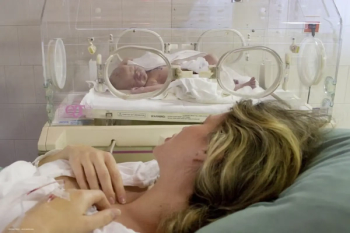
Reaching women in Egypt
Leadership and evidence-based approaches to alleviate the burden of blindness
The Al Noor Magrabi Foundation, which started its activities as an NGO dedicated to prevention of low vision and blindness in 2007, wanted to establish its activities on a scientific basis. Unfortunately, the last survey data it had available was done much earlier and so a data update was needed prior to embarking on any future initiatives.
In 2001 this was followed up by another study in Fayoum, a desert oasis. The sample size was 1500 inhabitants, 50% being children. The area involved encompassed 15 villages. These results demonstrated that active trachoma in children aged 1-15 ,greatly exceeded the WHO threshold (by up to 40%) and the prevalence of blindness among adults was around 11 %.
In terms of intervention, there were many different types. Some focused on female groups in Menoufiya, and this resulted in a 96% increase in knowledge and positive attitude towards using eye care. Another focused on school children that resulted in the inclusion of some health education messages in the primary school curriculum (grades 1 – 6).
Surgical and diagnostic training led to an upgrade in the capacity of the local service providers and included cataract and trichiasis surgeries, and other diagnostic and therapeutic aspects.
There was a mass distribution of Zithromax (azithromycin antibiotic) in one village to test application of the SAFE strategy, a series of interventions developed by WHO to control trachoma - Surgery, Antibiotics, Facial cleanliness and Environmental protection.
S – Lid Surgery for those at immediate risk of blindness
A – Antibiotics to treat individual cases and reduced infection in a community
F – Facial cleanliness and hygiene promotion to reduce transmission
E – Environmental improvements
This helped to decrease active trachoma in children from 36% in Menoufiya to 12.5%. However, the prevalence increased to 20% after six months due to persistent bad hygiene factors where the E component wasn't implemented appropriately.
A successful pilot study of gender sensitive intervention, which was applied in two villages, resulted in a more extensive programme being carried out in the Samalout district of the Menia Governorate in Upper Egypt. The programme applied an integrated model for prevention of low vision and blindness through community health education, breaking down barriers, helping people to get assistance, and capacity building of the local providers.
Meanwhile, the Al Noor Magrabi Foundation continued conducting outreach caravans providing free cataract surgeries to deprived areas.
Recent studies of the outreach data, resulted in certain areas being selected for construction of vision centres, to serve as permanent outreach locations that provide examination, treatment and serve as referral centres to the charity hospital.
Newsletter
Get the essential updates shaping the future of pharma manufacturing and compliance—subscribe today to Pharmaceutical Technology and never miss a breakthrough.













































